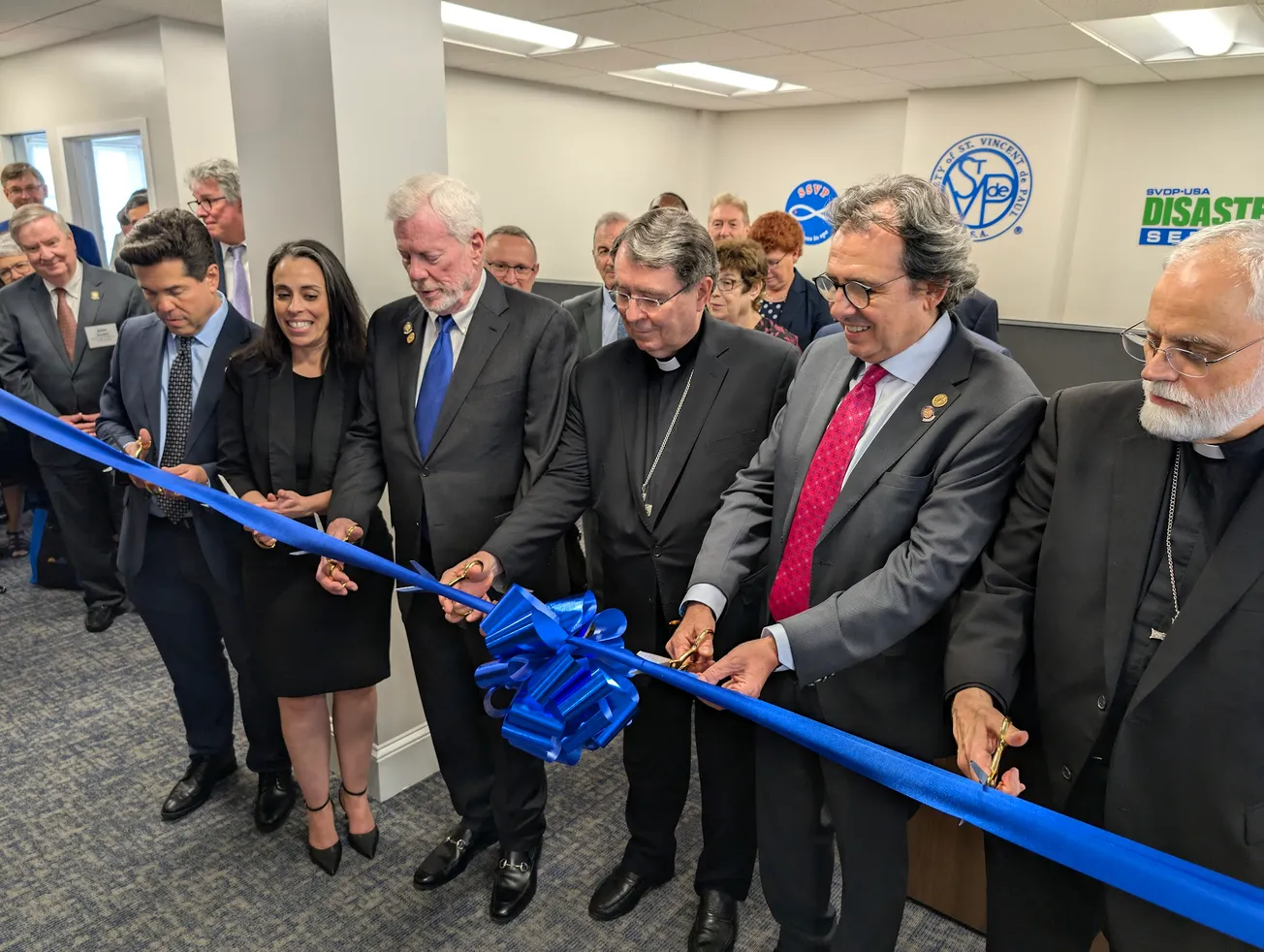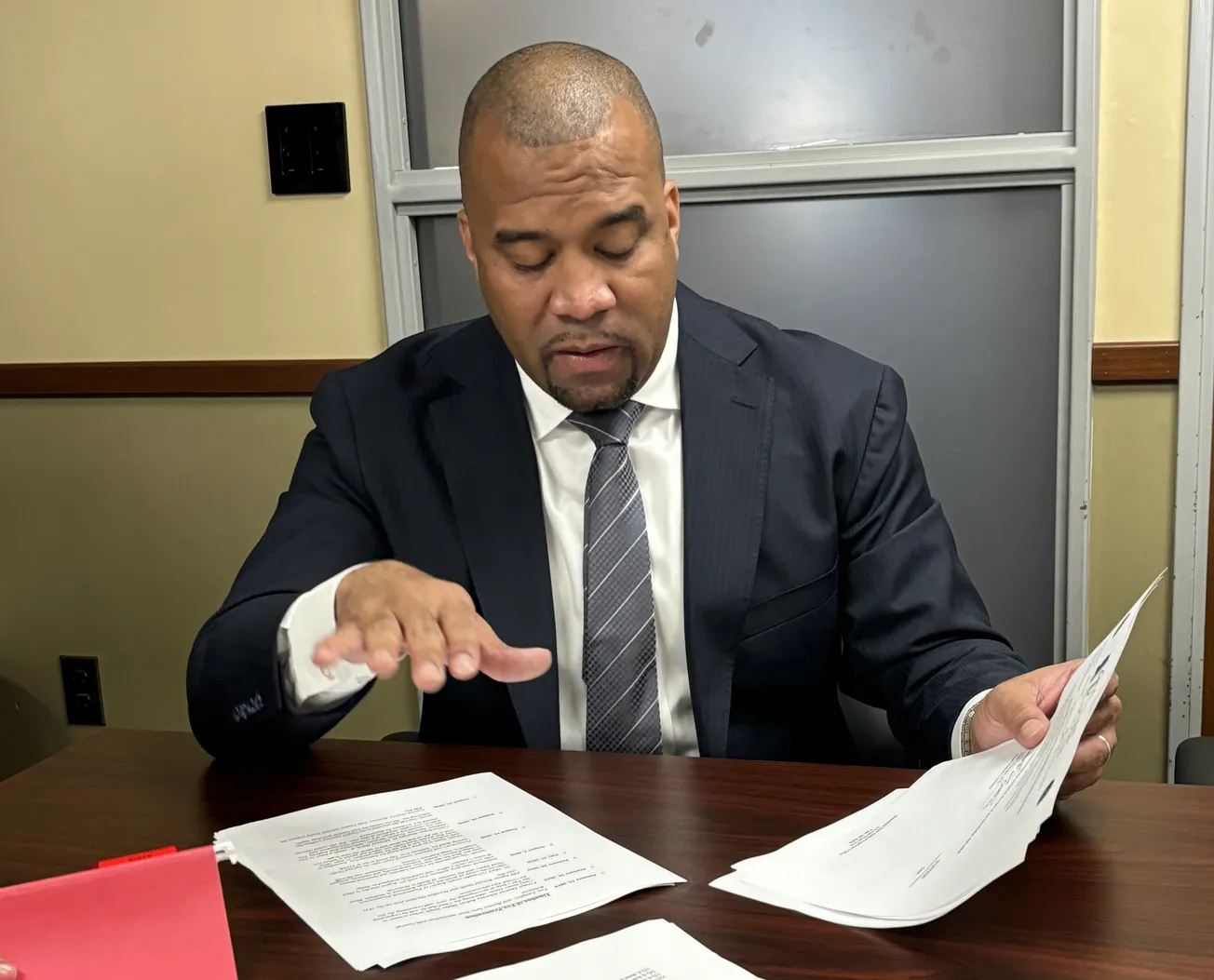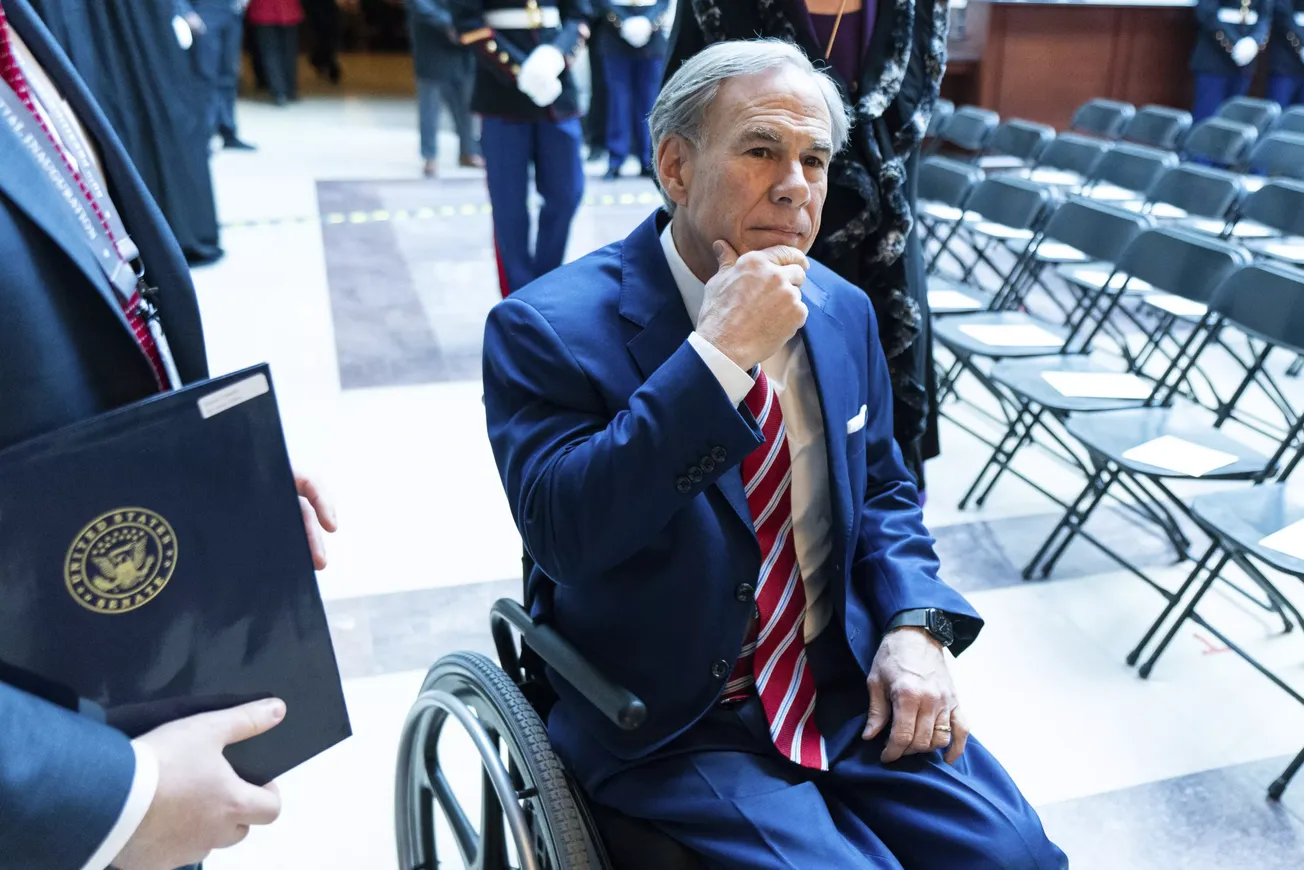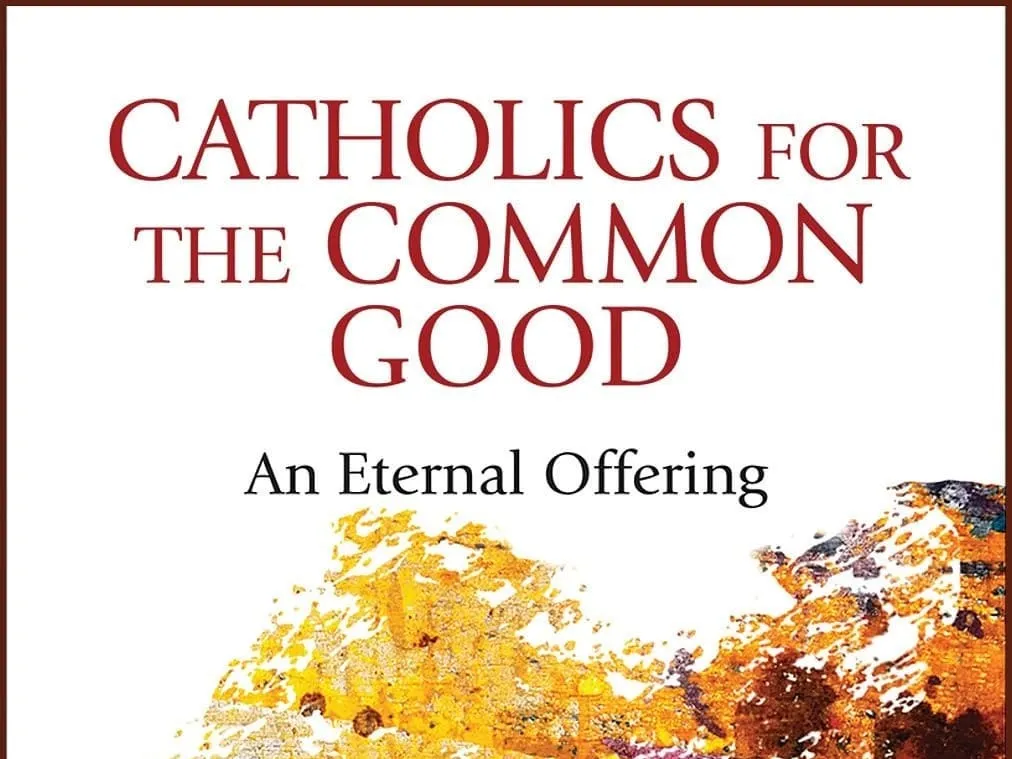Archbishop Roberto Gonzales Nieves, OFM of San Juan has announced a date for the installation of an icon of St. Josephine Bakhita in the Cathedral Basilica of San Juan Bautista, commemorating the 150th anniversary of the abolition of slavery in Puerto Rico.
In a post on Twitter Wednesday night, the prelate said the event will take place on Sunday, March 26, trailing by a few days the island territory’s Emancipation Day celebration.
Bakhita herself was a Sudanese woman kidnapped and sold into modern slavery in the 19th century, before being freed and later becoming a nun. She was canonized in 2000 as the patron of human trafficking survivors—and the first Black woman declared a Catholic saint in the 21st century.
EL 26 DE MARZO, 2023, CON MOTIVO DEL ANIVERSARIO DE LA ABOLICIÓN DE LA ESCLAVITUD EN PUERTO RICO, VAMOS A ENTRONIZAR UNA IMAGEN DE STA JOSEFINA BAKHITA EN LA CATEDRAL DE SAN JUAN DE PUERTO RICO https://t.co/YXDVSMZO4F
— Arzobispo Roberto (@Sucesor58) February 2, 2023
The news from Nieves came as a follow-up to an announcement last fall from within the archdiocese, when the cathedral’s Cofradía del Santísimo Cristo de Toda la Nación Puertorriqueña (“Confraternity of the Most Holy Christ of the Whole Puerto Rican Nation”) said the enthronement would coincide with an extended celebration of the church’s quincentennial, which began in 2021.
“The Holy African Josephine Bakhita will be enthroned in our Metropolitan Cathedral de San Juan Bautista and the founding jubilee extended an additional year in memory of the sweat and blood shed by our Afro-Boricua brothers during the construction of the cathedral and their contribution to the socio-cultural history of our Puerto Rican homeland,” the organization wrote in November.
The history of slavery in Puerto Rico dates back to the early 16th century, when Portuguese traders first brought enslaved persons to the island in 1513. This likely constituted some of the first African contact with what would become the United States—predating Jamestown by more than a century.
Slavery in Puerto Rico also predates the earliest European contact with what would become the continental United States, made by the Spanish colonist Juan Ponce de León along the Southeastern coastline, also in 1513. Ponce de León had been responsible for first conquering Puerto Rico five years earlier with the help of the free Black conquistador Juan Garrido, and oversaw the island's plantation economy as its first governor.
Ponce de León’s tomb is housed within the same cathedral basilica where Bakhita’s image will soon be displayed. In their announcement of the event, the confraternity noted that the move is a nod not only to Black Puerto Ricans of the past, but also to the present community—believed to comprise as much as 60% of the island's population.
“Blessings to the entire Afro-Puerto Rican community and to our Archbishop Robert O. Gonzalez Nieves for this noble and well-deserved recognition to our brothers,” the organization said.
“It has been a gift from our venerable Mother of Divine Providence and the infusion of the Holy Spirit.”
The installation in San Juan will be only the latest in a series of similar events in locales connected to colonialism and slavery, with a Bakhita enthronement taking place in the cathedral for the Diocese of Mar del Plata in Argentina last fall. At the time, it was said to be the first event of its kind in the world.
However, a large image of Bakhita has been on display in the diocesan cathedral of Portland, Maine for some time, honoring the area’s strong Sudanese Catholic immigrant community, many of whom are recent refugees.
Notably, that diocese is the former seat of the nation's first known African-American Catholic bishop, James Healy—who passed for White during his life but was born into slavery in Georgia in 1830.
In Puerto Rico, the more specific logistics of next month’s enthronement in San Juan have yet to be announced.
Nate Tinner-Williams is co-founder and editor of Black Catholic Messenger and a seminarian with the Josephites.











